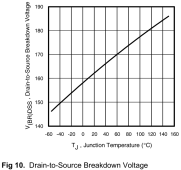Watts Happening
I call it like I see it.
- Joined
- May 3, 2022
- Messages
- 809
If you had panels with 52.1v Voc and 43.3v Vmp, would you be worried connecting them to a Victron 150/85?
I understand this ends up at 156.3v Voc, on a 150v charge controller, but I'm wondering just how "sketchy" this really is. A big part of me wants to think a Victron charge controller isn't going to melt over a 6.3v excess, but I also don't want to break anything needlessly. Strings of 3 panels sound much more attractive than 2.
Thanks!
I understand this ends up at 156.3v Voc, on a 150v charge controller, but I'm wondering just how "sketchy" this really is. A big part of me wants to think a Victron charge controller isn't going to melt over a 6.3v excess, but I also don't want to break anything needlessly. Strings of 3 panels sound much more attractive than 2.
Thanks!



